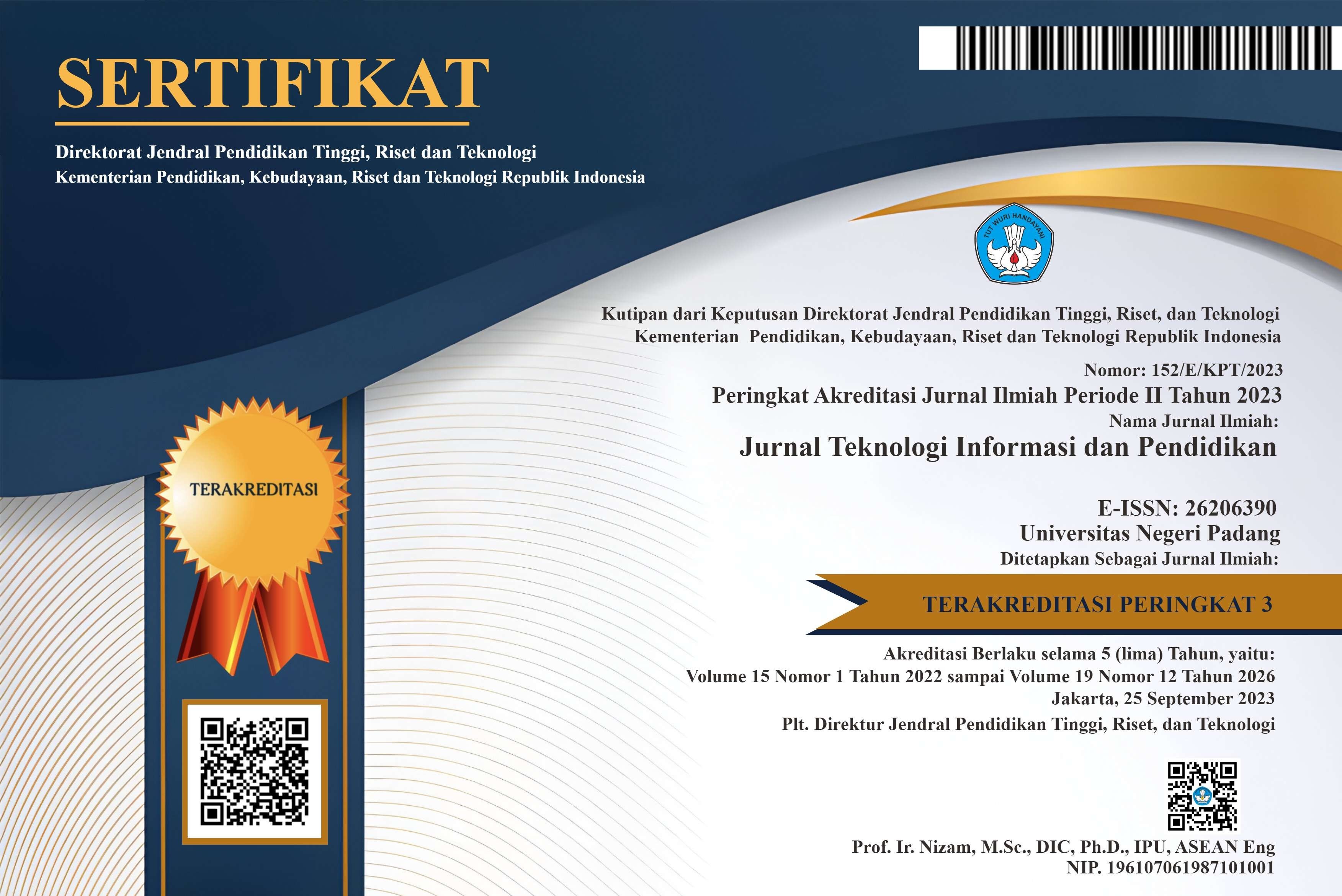Capacity Management Strategy for Handling Traffic Load with Dijkstra Algorithm at PT XYZ
DOI:
https://doi.org/10.24036/jtip.v18i1.886Keywords:
Network traffic optimization, Network congestion, Capacity management strategy, Dijkstra Algorithm, Quality of ServiceAbstract
In the digital era marked by rapid data growth, network congestion occurs when network capacity cannot handle the transmitted data volume, becoming a significant challenge that impacts the Quality of Service (QoS). This study proposes an effective capacity management strategy, which includes alternative routing, load balancing, and capacity enhancement, involving the optimized Dijkstra Algorithm and a Decision Support System (DSS) to improve QoS. The Dijkstra Algorithm is effective in reducing the load on congested routes and ensuring balanced traffic distribution, which enhances the capacity and reliability of the network. The results indicate a reduction in packet loss from 142.353 to 66.340 packets (or 53,39%) and an increase in the number of packets successfully transmitted from 122.542 to 198.555 packets (or 61,98%). Specific node capacity increases have significantly bolstered data transmission success. This comprehensive strategy not only improves the reliability of data transmission and network performance consistency but also enables the network to adapt to growing demands without degrading performance, confirming the efficacy of capacity management in addressing capacity challenges and improving QoS.















.png)














